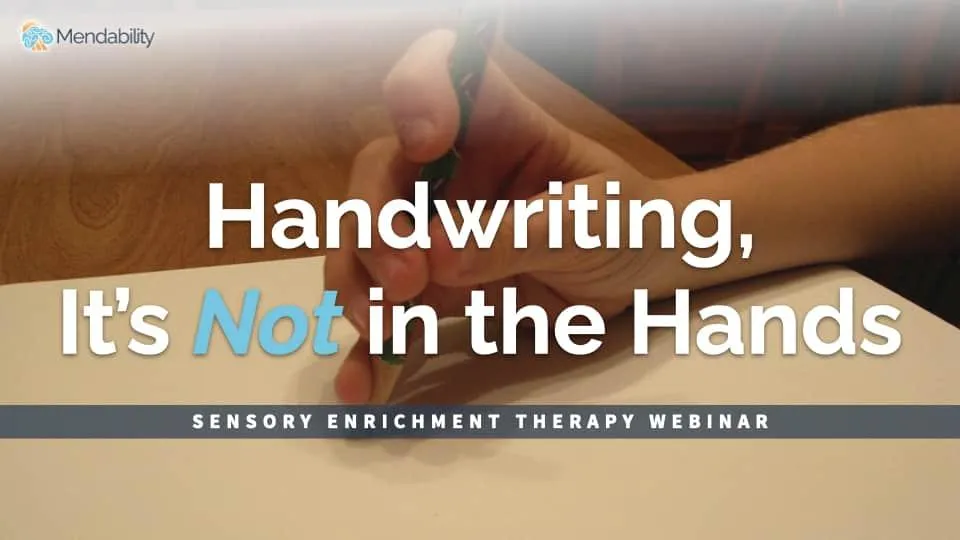
Why no lyrics is better when listening to music for therapy
We recommend listening to symphonic music once a day, to regulate and increase the quality of the serotonin and dopamine functions. People often ask about listening to songs as well. We will usually recommend avoiding songs during this special “music time” as words are processed differently by the brain and require a larger involvement from several areas of the cortex, which dilutes the therapeutic effect of the activity.
Here is an extract from a 1994 publication on the influence of words:
The link between physiological arousal (a state of responsiveness to sensory stimulation) and the content of media messages has been an intense subject of research over the past 30 years, first with respect to its underlying role in aggressive behavior (Zillmann, 1971, 1982) and the motivational effects of highly arousing messages (Donohew, Finn, & Christ, 1988) and later with regard to its immediate effects on information processing capacity (Lang, 2000, 2006).
While almost all these programs of research focused on media messages modeled on film and television content with a dominant visual channel, in recent years a new strand of research has focused exclusively on radio content and the audio channel, demonstrating that formal changes in an audio message can elicit arousal responses, leading, in turn, to experimental manipulation of word choices to evoke immediate changes in listeners’ arousal levels.
Examples of this audio research strand include listeners exhibiting orienting responses –including skin conductance activity–in response to the manipulation of structural features in radio messages (Potter, Lang & Bolls, 1998; Potter, 2000, Potter & Choi, 2006), more frequent and larger skin conductance responses evoked in listeners hearing verbal descriptions of risky products than listeners hearing descriptions of non-risky products (Lang, Chung, Lee & Zhao, 2005), and evidence that emotional words in radio ads on average evoke reductions in heart rate indicating increased attention to verbal information when compared to surrounding context as well as higher levels of skin conductance indicating increased levels of physiological arousal (Lee & Potter, 2005).
(Lewis Donohew, Philip Palmgreen, Elizabeth Pugzles Lorch, Attention, Need for Sensation, and Health Communication Campaigns, American Behavioral Scientist, Vol 38, Issue 2, 1994)
For example, we may consider the words of a simple nursery rhyme to be playful, but we cannot always be certain that the same song, heard in various situations, is not going to bring to the mind a bad memory that will trigger a nervous response. It all depends on an individual’s experiences.
The study is very specific in explaining that an isolated word can trigger a physiological change, even if it is within a context that should not cause a change.
This first mention of the research on the content and influence of words is only to remind the parent that songs have a very different impact than instrumental music which is why the therapeutic effect of a soothing symphonic piece will have an effect, while a song will not.
To summarize, here are the criteria that we recommend when selecting a piece of music to listen to before going to sleep, for maximum impact on the quality of the listener’s serotonin and dopamine functions:
The listener must enjoy the piece.
There should be more than one instrument playing at the same time.
The piece should follow basic principles of harmony.
Only listen for a few minutes (10 minutes max.).



